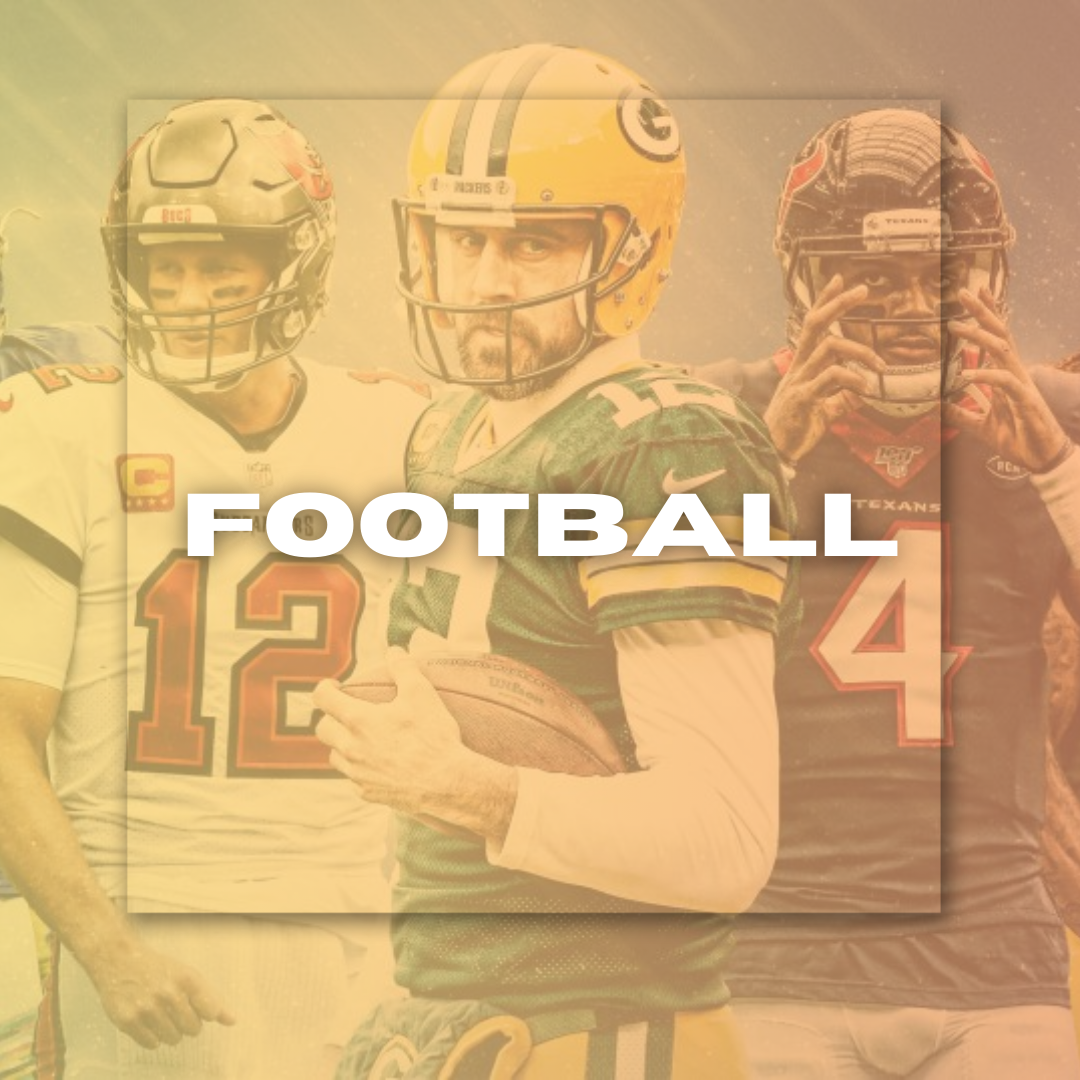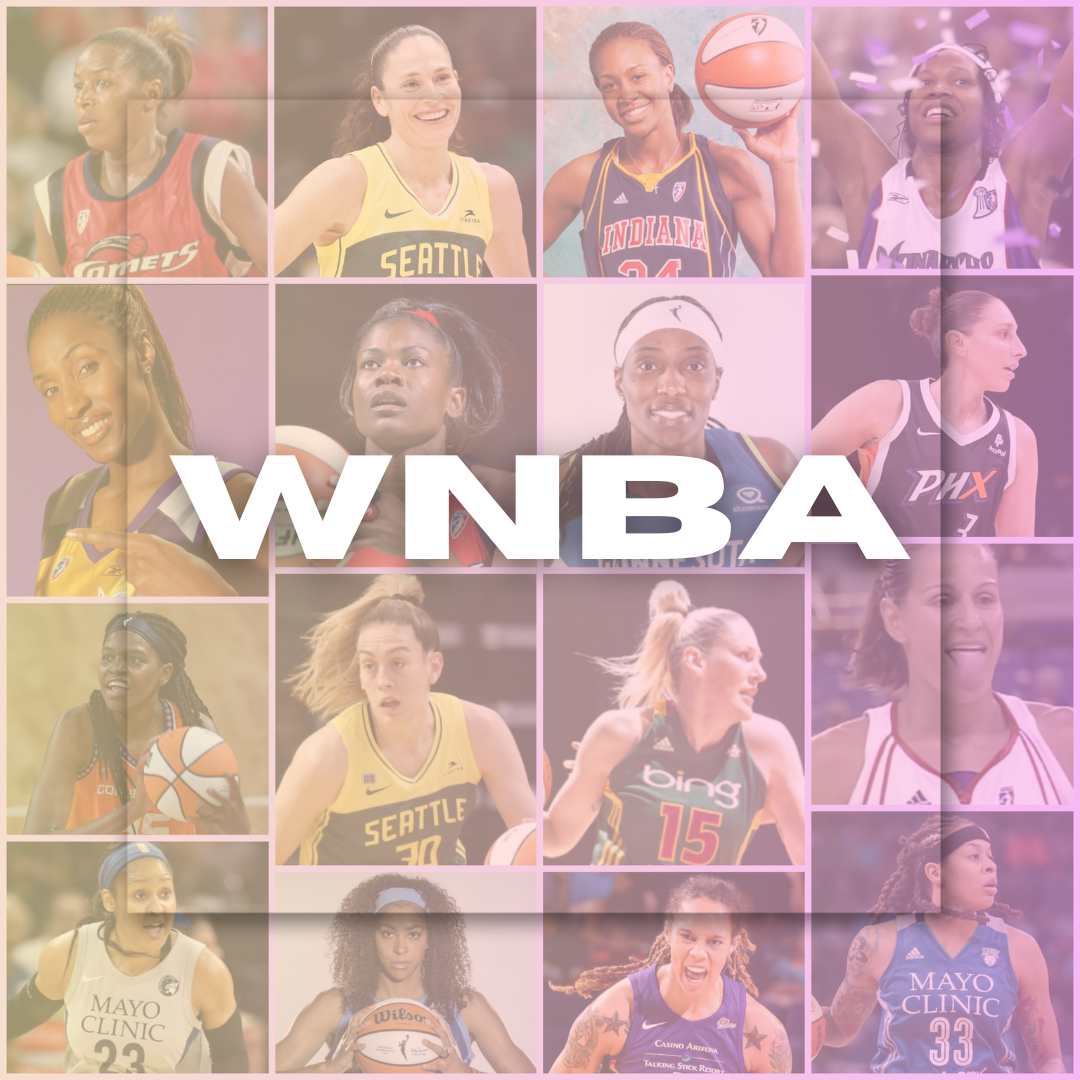
The NFL Draft: How Teams Strategize to Build Winning Rosters
The NFL Draft: How Teams Strategize to Build Winning Rosters
By Jason Bolton August 07, 2024 02:57
In the complex chess game of professional football, the NFL Draft stands out as a pivotal event that can make or break a team's fortunes for years. It's a high-stakes gathering where strategy, foresight, and a bit of luck converge to shape the future of the league's 32 franchises. This process is far more than just a selection of college athletes; it's an intricate dance of evaluations, trades, and decisions that demands a keen understanding of the game today and its future evolution.
In the following discussion, we'll delve into the multifaceted approach teams take to navigate the draft, laying the groundwork for their aspirations of assembling a championship-caliber roster. From identifying immediate needs to projecting player potential and fitting pieces into the larger puzzle of a team's scheme, the art of the draft is a year-round endeavor that tests the mettle of every franchise.
Understanding the NFL Draft
The draft exists to create as close as possible to a level, competitive field between all 32 teams. It is designed to keep talent from clustering with a single team indefinitely and help maintain competitive balance across the league. The draft is a way of adding talented players and a building block for any long-term success.
The order of the draft is determined by win-loss totals from the previous season, with the team with the worst record passing first. Offseason or draft trades can also impact the order. As per the NFL draft, there are seven rounds, with one selection for each team in every round, though teams can trade those selections to move up or down.
Rounds and Team Approaches
Round 1 is for franchise players, generally at premium positions QB, edge rusher, and OT. The middle rounds may be when teams look for a certain need or some players with high potential but have quirks that make them fall in the draft. Conversely, the late rounds are strictly for depth and exclusive use as core special teamers or development players.
Team Draft Strategies
Criteria Proven When Choosing Gamers
- Team Needs: Identifying holes on the current roster is key. A squad may favor those who play where they are short or weak in talent.
- Player Potential: Teams assess how much a player is capable of, which means evaluating having the necessary physical tools and skills for further development.
- Fit in the System: Is the player a good and intelligible match for his new team's offense or defense?
Common Draft Strategies
There are few greater insults than saying a sophisticated, successful team was operating at gulp-off-the-cuff speeds during the draft:
- Best Player Available (BPA): This strategy means you are selecting the best player on your board regardless of position. This means that enacting this approach can allow for the procurement of top-notch talent that you can deploy in a number of different fashions.
- Trading Picks: With good reason, teams may trade up for a coveted player or trade down to obtain more picks and thus be able to select from a wider pool of talent.
- Target Position: Some teams target only certain positions based on their team needs, especially in those first two rounds where high-end talent exists at each position.
Finding a Balance Between Short-term and Long-term Goals
So, teams must also consider their current needs while making moves that are best for future roster building. Even if a player looks like he already has the goods to succeed at the NFL level, sometimes it pays dividends for more successful franchises than others by thinking of not just year one but rather three years down the line.
Scouting and Evaluation
Scouting Process
Scouting is where a team's draft strategy starts. Teams hire Scouts to follow prospects throughout a college football season, attending games and practices to judge players on their talent.
Evaluation Factors
- Game Tape: This is video footage of a player during the game, which helps teams figure out how well they perform in different situations, their decision-making ability, endurance, and their capability to play under pressure.
- Combine Performance: The NFL Scouting Combine gives teams measurable data regarding prospects' speed, agility, and strength. This information can go a long way in shaping draft decisions.
- Personal Engagements: Teams meet with the player and obtain background information on the character, how, work ethic, and team attitude.
Advanced Analytics and Data
Over the years of inability, teams have begun using analytics to guide their draft selections. Through data-driven approaches, teams can unearth information about how players perform on the field and in certain situations - not to mention injury history and possible fit within a team. A move towards analytics has transformed how teams assess talent, leading to better choices on draft day.
Adapting to League Dynamics
Draft strategies, however, must also evolve with the changing tide of league dynamics and trends for teams. These strategies, however, have changed over time as the NFL game has evolved: Passing offenses are now more important than ever, so getting talented quarterbacks and wide receivers quickly became a priority for most teams. Meanwhile, the increased influence of analytics has forced teams to reevaluate how they assess draft stock, tilting towards an approach more driven by data.
The NFL Draft is a strategic process that significantly impacts teams' future. Knowing the nuances of each draft of these scenarios, from how selections are made to what teams plan for in terms of depth and assembling some sort of scouting system, elucidates everything that goes into acquiring a competitive roster. So long as teams continue to adapt to how the game is played, drafts will remain a key piece in succeeding at this level.



































































